Waking Up at 3 A.M.? My Hacks to Get Back to Sleep Fast
Aug 18, 2025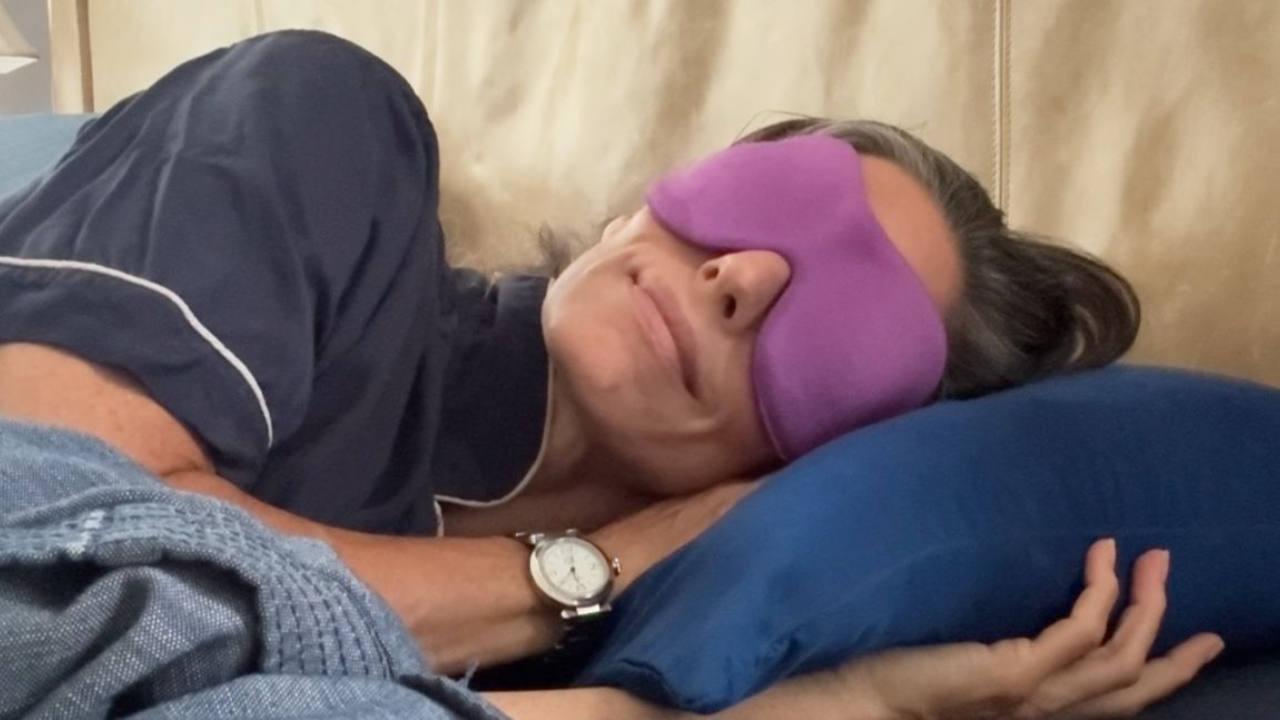
In midlife? And waking up at 3 a.m.? You’re not alone. Hormonal shifts, night sweats and a more sensitive stress response often collide during these early hours, and can leave you frustrated and restless. Don't spend the night tossing and turning — let's get you a clear, science-informed plan for guiding your body back into sleep.
Here’s my multi-pronged approach for getting back to sleep quickly, plus before-bed strategies and daytime habits that make middle-of-the-night wake-ups less likely.
Step 1: Don’t Check the Clock
Looking at the time spikes stress and cortisol, making it harder to sleep. This is so hard!, but it really does drive me into a touch of despair & panic - especially if I have an early morning meeting that I need to be "on" for. If you have a clock on your nightstand, turn your clock face away so you’re not tempted to check the hours left until morning. If you wear a watch - you know what to do.

Step 2: Calm Your Nervous System with Breathwork
Breathing is the fastest way to switch your body back into “rest and digest” mode. I do this to fall asleep and if also I wake up in the middle of the night, to get back to sleep. There are a number of breathing techniques you can try - see which one works best for you:
-
Box Breathing: Excellent for calming anxiety and steadying your system, this technique is a favorite of the Navy Seals because it's simple and effective. You follow a simple 4-4-4-4 rhythm: inhale for 4 seconds; hold for 4 seconds; exhale for 4 seconds; hold (empty) for 4 seconds. This stops the cortisol spike by activating the parasympathetic nervous system (the “rest and digest” system), lowering your heart rate and calming stress hormones. It also distracts the mind with a gentle counting rhythm, pulling focus away from racing thoughts — a common reason people stay awake after middle-of-the-night wake-ups.
-
4-7-8 Breathing: This technique is particularly effective for counteracting the 3am wakeup and cortisol spike. You'll want to inhale for 4 seconds, hold for 7, and exhale 8. The hold (7 seconds) allows oxygen to saturate the blood. The long exhale (8 seconds) activates the parasympathetic nervous system (“rest and digest system”) while lowering heart rate and blood pressure, sending a strong signal of safety to the brain. This shift decreases cortisol production and prepares the body for sleep. The pacing also mimics sleep breathing patterns, and the counting gives a busy mind something to focus on.
- Wim-Hof Breathing: This is 30–40 rapid, deep inhalations and exhalations, followed by a long breath hold (~90 seconds), then a sharp and deep recovery inhale and hold for 15 seconds before exhaling fully, with the goal of repeating this 3 rounds. This one can initially feel stimulating. The rapid breathing lowers CO₂ levels (respiratory alkalosis) and raises oxygen saturation, and the long hold afterwards creates a rebound effect where CO₂ rises again, which dilates blood vessels and increases circulation. That sounds like it might energize you! And it might, but ultimately your nervous system will go from a temporary stress response (sympathetic activation) into a deep recovery state (parasympathetic rebound).
It sounds hokey but all I need is a 10-minute Wim Hof session to conk right out. I have this track bookmarked on my phone for when insomnia strikes.
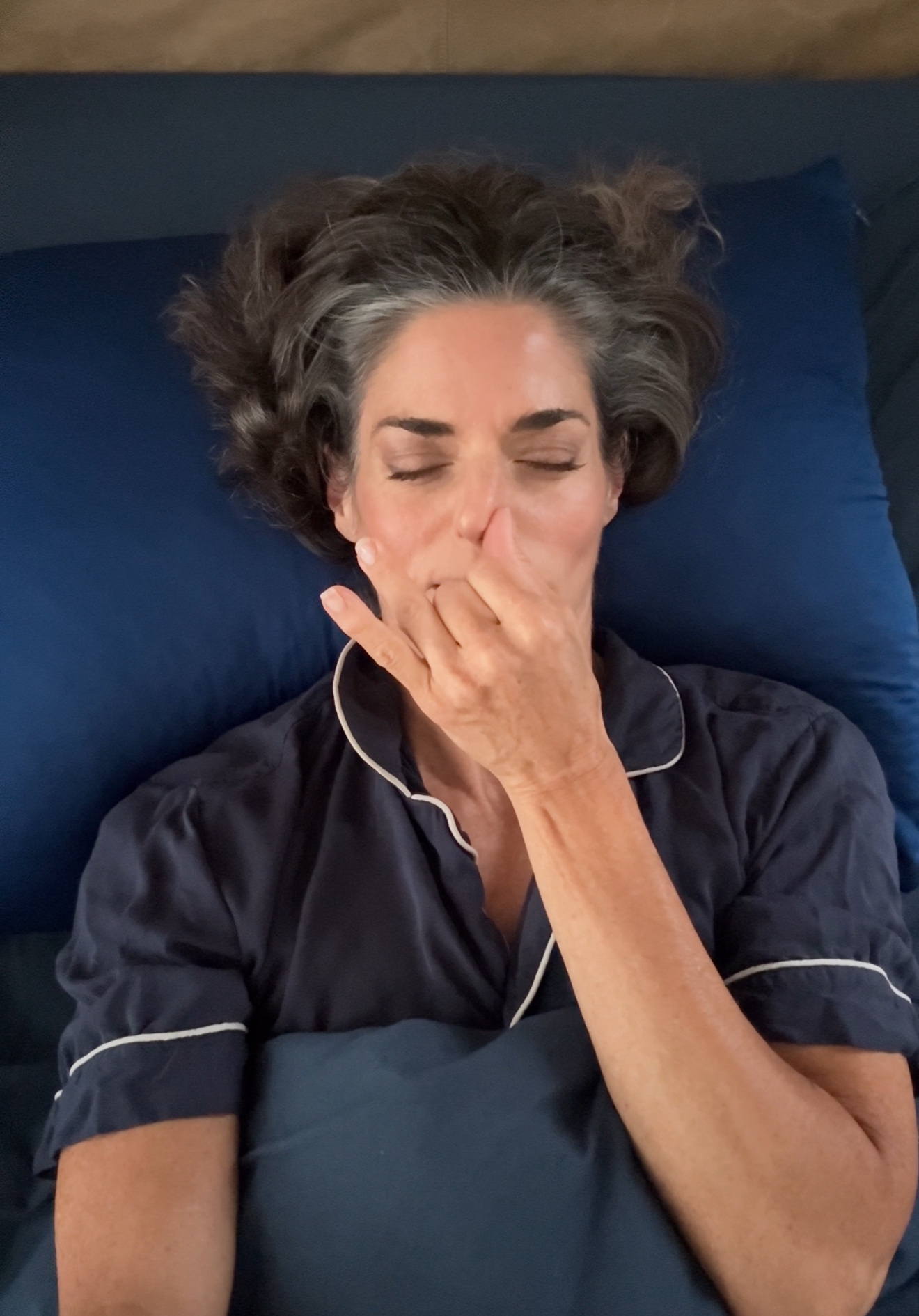
Step 3: Gentle Eye Movements
This is a surprisingly effective trick: with your eyes closed, move your eyes slowly in different directions.
-
Look up and down, then side to side.
-
Circle your eyes clockwise, then counterclockwise.
-
Cross your eyes gently toward your nose, then relax.
Repeat these movements 5-6 times. Another hokey-sounding trick, but these movements engage your parasympathetic nervous system and help to shift you out of a high-stress mindset. Related to EMDR (eye movement desensitization and reprocessing), these eye movements help reduce emotional arousal, relax tight eye muscles, distract your mind from racing thoughts, and may help nudge your brain toward the rhythms of REM sleep. Think of it as a reset button for your nervous system.
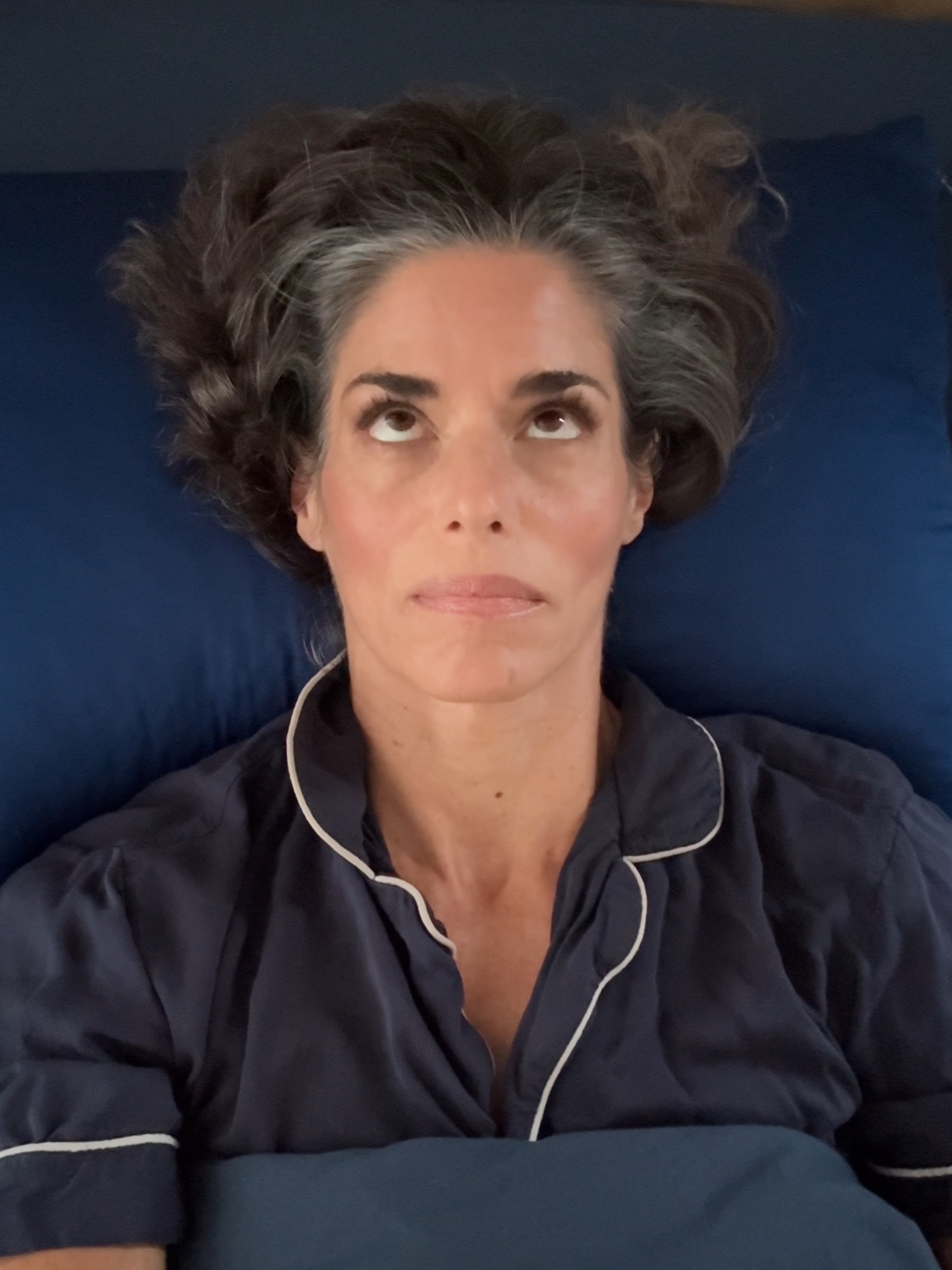
Step 4: Try a Mini NSDR (Non-Sleep Deep Rest)
Put on a Non-Sleep-Deep-Rest (also known as Yoga Nidra) track. NSDR is a structured practice (often guided audio) where you lie down, close your eyes, and follow instructions that move your awareness through the body, breath, or imagery. I find this especially effective if I wake and have racing thoughts that won't stop. The act of deliberately placing your awareness on varying body parts distracts the mind and activates the parasympathetic nervous system, lowering stress hormones and mimicking the early stages of sleep. The brain enters restorative states similar to light sleep, even though you remain awake.
Benefits:
-
Deep relaxation
-
Stress and anxiety reduction
-
Can help with falling back asleep at night
-
Improves focus and recovery during the day
These guided body scans help quiet racing thoughts and mimic the early stages of sleep - I've certainly started an NSDR session wide -awake, only to wake up hours later, refreshed. I can recommend this one from Ally Boothroyd (she has a whole collection of audio files at varying lengths, but this one is a great starter track).
Or: Consider Binaural Beats
I've been experimenting with Binaural Beats and have had good success. This relaxation tool is predominantly an auditory experience, and if your mind isn't racing, can help you drift back to sleep easily. It features two tones of slightly different frequencies that are played in each ear (example: 210 Hz in the left, 200 Hz in the right). Your brain perceives the difference (10 Hz) as a rhythmic “beat.”
-
How it works: That perceived beat can entrain brainwaves, nudging them into certain ranges:
-
Delta (0.5–4 Hz): deep sleep
-
Theta (4–8 Hz): relaxation/drowsiness
-
Alpha (8–12 Hz): calm, meditative states
-
-
Benefits:
-
Eases anxiety and promotes relaxation
-
May help with sleep onset
-
Can be used for focus (when tuned to beta or gamma waves)
-
I've had success with these "sleep soundscapes" as well; I can recommend this track to add to your insomnia toolkit.
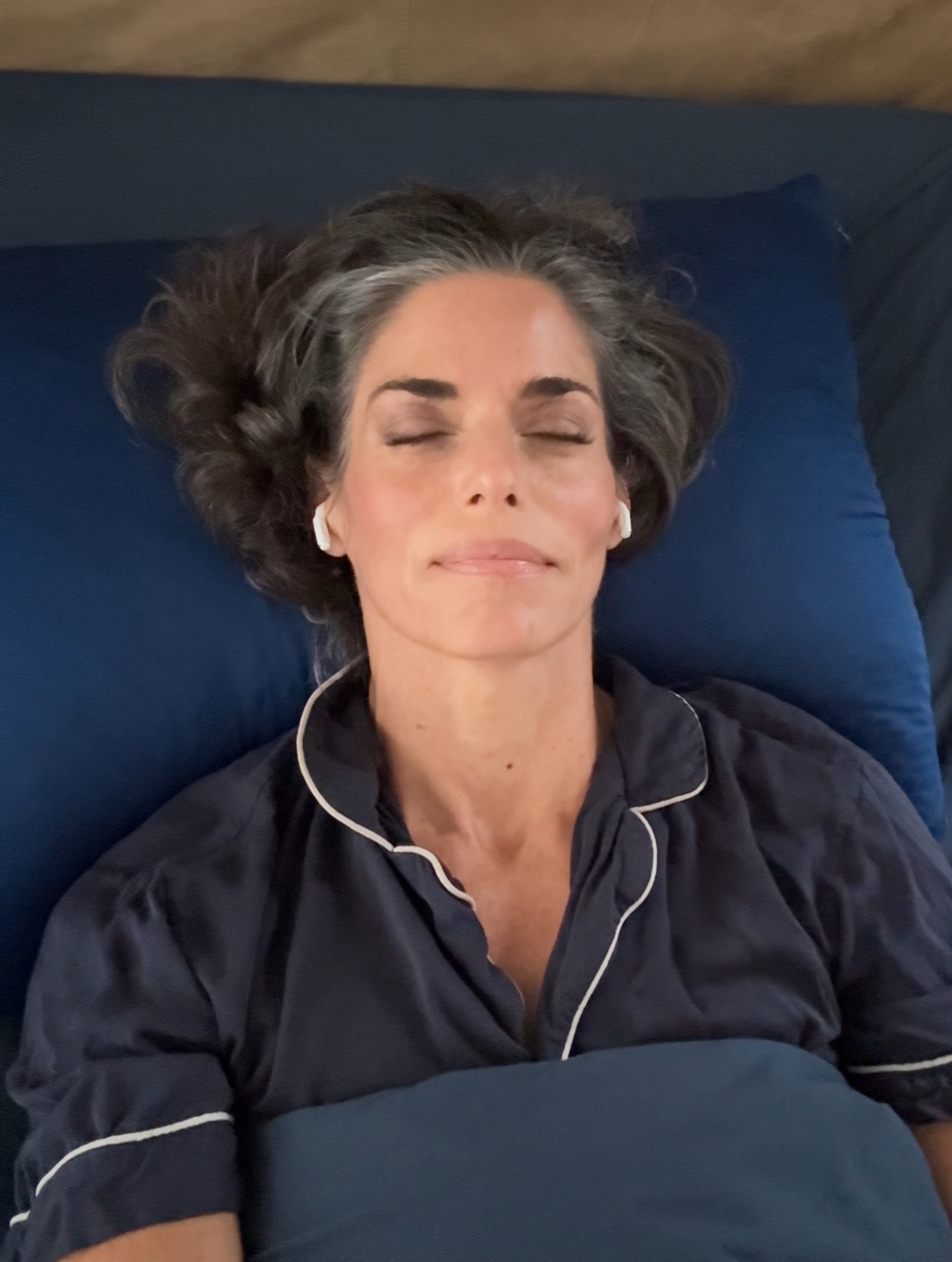
Step 5: Use a Cognitive “Brain Shuffle”
If your mind is still looping, try a cognitive shuffle: pick a letter (“C”) and name random objects starting with it (carrot, candle, canoe). Jumping from one image to another distracts your brain just enough to let sleep take over, and it shifts brain waves from beta to alpha (beta = more alert; alpha = more relaxed brain wave state) where we see more visual images in our mind.
I personally haven't tried this, but research shows many people find this approach effective, so I'm listing it here. Drop me a note if you try this and it works for you, or if you have a different experience.
Step 6: If You’re Still Awake After 20 Minutes…
Get out of bed. Do something calming in low light: I like to journal and/or do some gentle stretching. When drowsiness returns, I climb back into bed. The journaling helps me to write down any worries or concerns that might be contributing to my insomnia, and getting them down on paper is often such a great physical transfer of tense energy.

Getting out of bed and doing an activity also helps to break the brain’s association of “bed = wakefulness.” And gentle stretching is a wonderful way to check in with your body and help alleviate tension. Just don't overdo it - this shouldn't turn into a 90-minute yoga class.
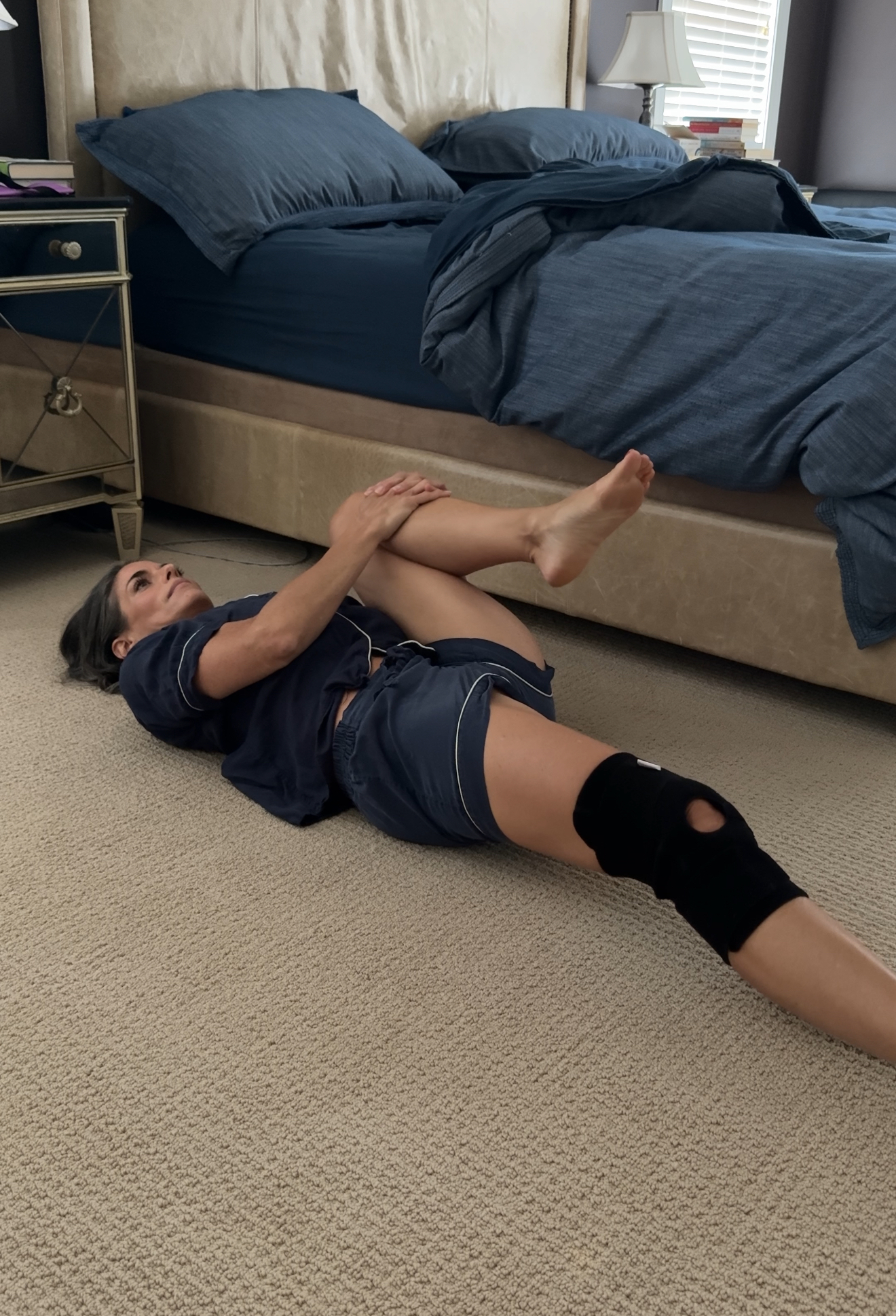
Before-Bed Strategies to Prevent 3 A.M. Wake-Ups
Here's what I do in waking hours to make sure I set myself up for success with good sleep hygiene:
-
Cool room (71°F or below): prevents overheating and night sweats.
-
Evening wind-down: dim lights, no screens after 8, and calming rituals (I love a cup of Egyptian Licorice tea!).
-
Bedtime NSDR or breathwork: lowers evening stress.
- Gratitude meditation: Focusing on all the things that are great in my life is a wonderful de-stressor and calming aide.
-
Avoid alcohol late at night: there's much to be said about alcohol and midlife (that's for another blog post) but here we'll just say it fragments sleep. You know it does.
-
Optional nutrients: I take magnesium glycinate & glycine before bed, and sometimes a low-dose melatonin if I wake up at night.
Daytime Habits That Support Better Sleep
-
Morning sunlight: My non-negotiable, I get outside for morning sun within 10 minutes of waking, because it anchors your circadian rhythm.
-
Strength training and movement: It's proven! Weightlifting helps to balance hormones and improve sleep depth.
-
Caffeine cut-off by noon: Caffeine has a powerful half-life that can linger in your system for hours, so I cut off all caffeine by 9:30, 10am.
-
Anti-inflammatory diet: omega-3s, protein, and antioxidants reduce stress on the body.
Bottom Line
Middle-of-the-night wake-ups are unfortunately common in midlife, but they don’t have to derail your rest. With the right tools like breath work, gentle eye movements, NSDR, etc, you can slip back into sleep quickly. Pair these tactics with smart evening and daytime habits, and you’ll set yourself up for deeper, more restorative rest.
Let me know how these work for you - or if you have a back-to-sleep strategy that you love!
Let's age well naturally, beauties-
x
Juliana
PS - if you enjoyed this blog post, sign up for our monthly newsletter! Once a month, we drop aging well strategies on nutrition, exercise, sleep, HRT, clean beauty, facial exercise & more. Designed to be helpful & informative, and never spammy, you can always unsubscribe if your inbox is too full.






